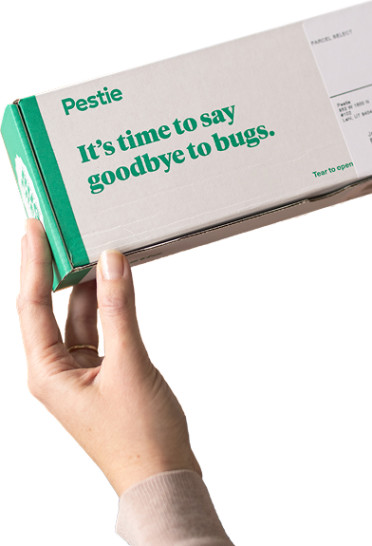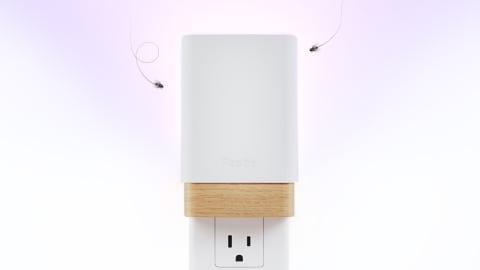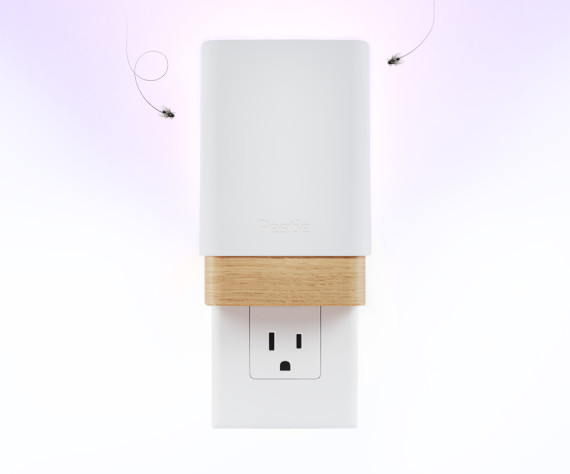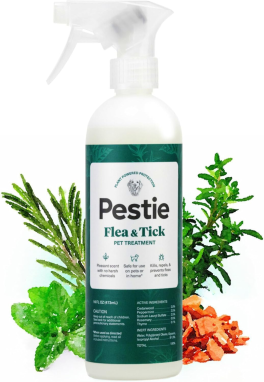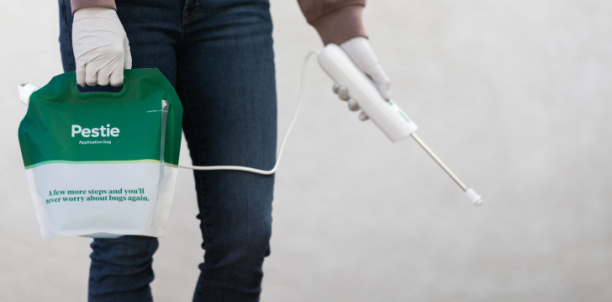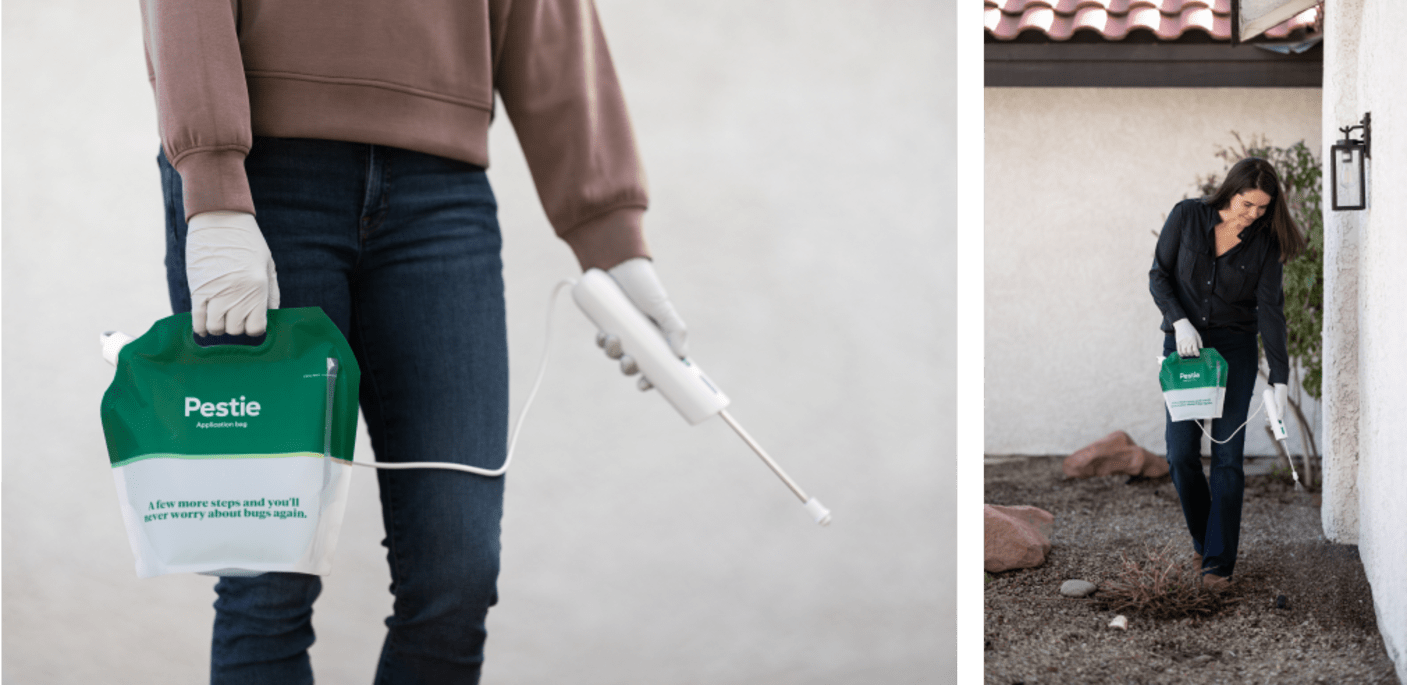How to identify and get rid of earwigs
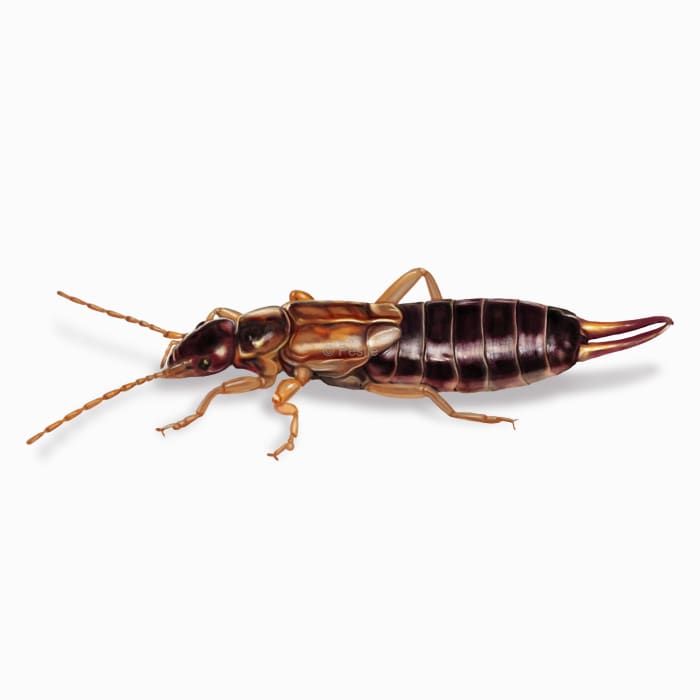
All about earwigs: they crawl in your homes, not in your ears
Earwig infestations are usually rare and certain conditions need to be met before they decide to make your house their temporary home.
While there are over 20 different species of earwigs in the US, it’s the introduced European earwig that has become a nuisance to homeowners. They were first introduced into Oregon in 1909 and quickly spread across the country in less than a few decades.
These days, earwigs will crawl through cracks and gaps in your home to find dark and damp areas to call their own.
How to identify earwigs
The telltale sign that you are looking at an earwig is the large pincers protruding from the rear end of this insect. These pincers can be large and conspicuous like on male European earwigs, or small and unassuming like on females.
Earwigs are usually a darker red or brown and often have yellow stripes on the body. They also have long antennae that look like a string of beads. Immature earwigs are often white to grayish brown, darkening as they get older.
How big are earwigs?
Earwigs can vary in size between ¼ to 1 inch long.
Where do earwigs live?
Earwigs like it dark, wet, and cold. Because of that, they are going to seek out moist areas with high humidity, under leaves, rocks, logs, or burrows in the soil.
When the weather turns cold or food sources are low, they may head inside your home. They come in through cracks or gaps in your home and find their way into unventilated basements, or other rooms in the home with lots of moisture, such as bathrooms, laundry rooms, or kitchens.
Earwigs are also attracted to lights and are nocturnal, so you can find them at porch lights during warmer seasons.
Additionally, they can be a problem for gardens and greenhouses, as several species of earwigs can damage fruit, flowers, and seedlings.
How to get rid of earwigs
While earwigs don’t typically infest homes in large numbers, they can often make their way inside your home nonetheless. The best strategies to keep earwigs out of the home are similar to keeping most pests outside.
First, you should seal up any cracks or gaps on the exterior of the home and any doors or windows.
Large piles of leaves or mulch can act as a breeding site for earwigs, so cleaning them up can reduce the number of earwigs moving inside when the weather gets cooler. If you have areas of your property where small trees or shrubs create cool, shaded areas near the house, prune or trim those plants to allow more sunshine or air.
Also, check for drainage around the home, including your gutters or downspouts. Earwigs prefer lots of moisture, and repairing these areas can sometimes solve the infestation.
Lastly, you can spray an insect barrier on the outside of your home. Pestie offers a pro-grade barrier spray that you can apply yourself. When you sign up for our annual subscription, we’ll send a customized solution to your door for year-round protection.
Treat earwigs with Pestie
If you're still having trouble keeping earwigs away, the best option is to use a pro-grade, effective pest control solution like Pestie.
Pestie is a do-it-yourself pest control solution that's specially designed to keep earwigs and other pests away from your home.
With Pestie, you can rest easy knowing that your living space is protected and free of creepy crawlies. And the best part? It's designed for people, pets, and the planet, so you can say goodbye to harsh chemicals and hello to peace of mind!
- Save hundreds compared to traditional annual pest plans
- People, pet, and planet-friendly
- Pro-grade customized formulas
Quick facts
- Scientific name
Family - Dermaptera
- Other common names
Pincher Bugs
- Colors
Dark red or brown with yellow stripes
- Life span
1 year
- Diet
Leaves, flowers, fruits, mold, insects, young seedlings
How dangerous are Earwigs?
Low danger risk
Despite the old wives’ tales that earwigs crawl in your ears at night and lay eggs, earwigs are relatively harmless creatures. While their formidable pincers may look intimidating, they rarely use them to pinch humans, unless that human is so curious that they need to pick up the earwig!
Female earwigs are great mothers! They care for their newly hatched larvae by building a nest and then defending and protecting them until their first molt.

